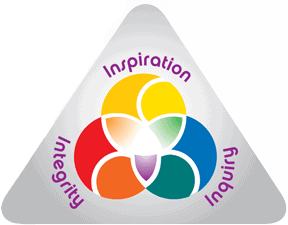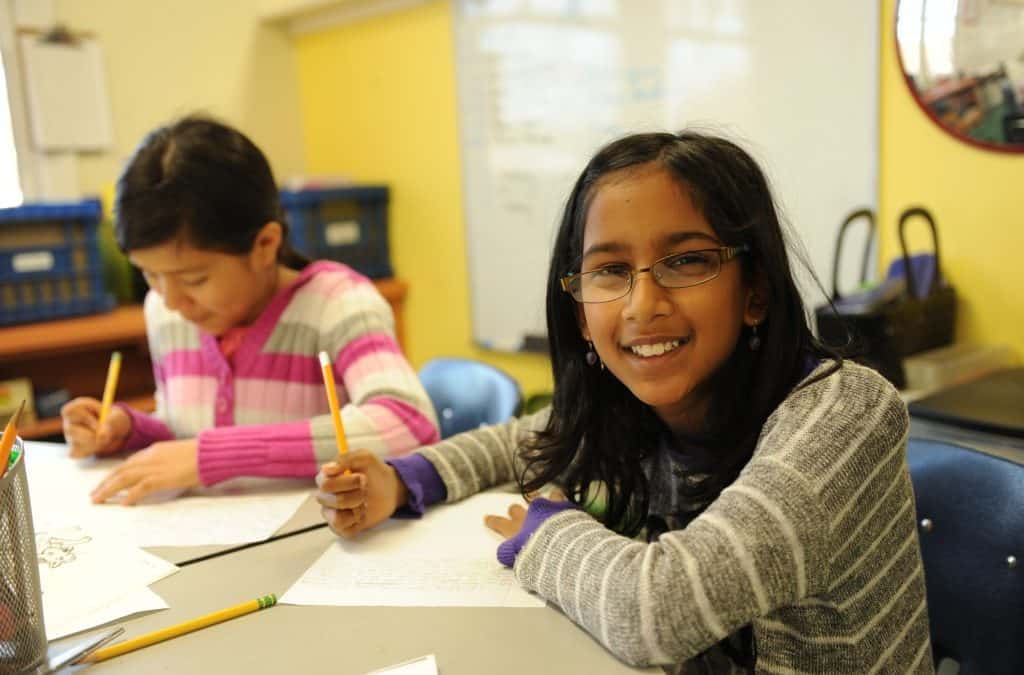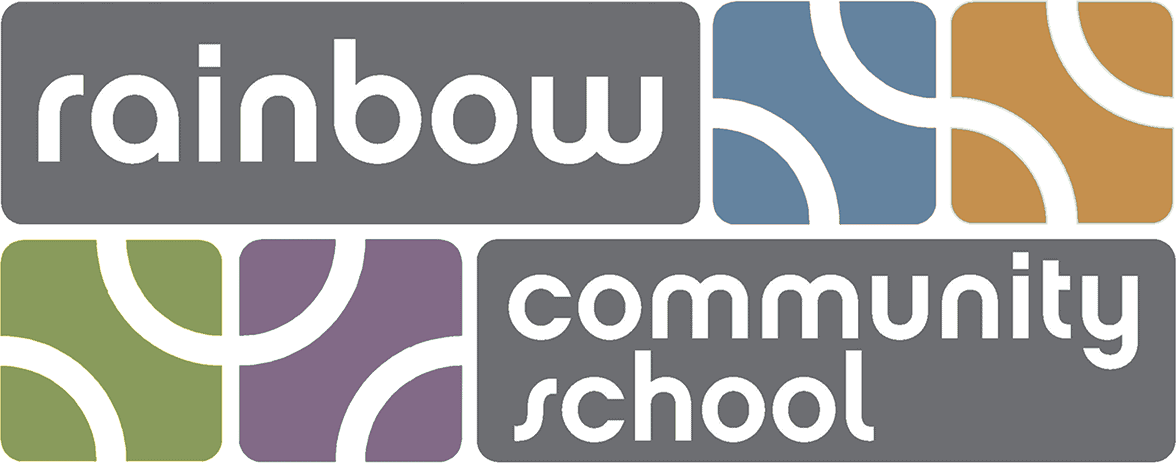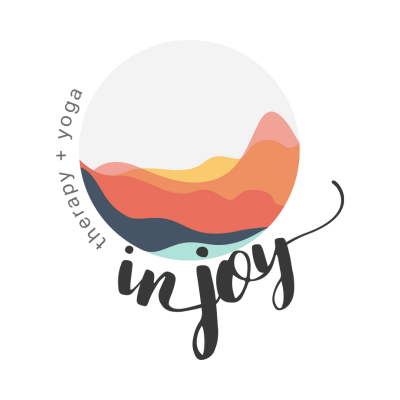
by Renee Owen | Dec 7, 2015 | Director's Blog
Rainbow Community School has been doing student-led conferences since the early 80’s. When students lead their own conference, they truly have to reflect on what they have learned, how they learned it, and what their future goals are. Plus, it gives parents the opportunity to gain greater insight into how their child thinks, what is meaningful to their child, and what their school experience is like through their child’s eyes. Our student-led conferences will be the last one of the year, and a great way to wrap up the year. Other progressive schools have followed our lead and started doing student-led conferences, in particular International Baccalaureate (IB) schools. Check out this great video from The Wildwood School: http://www.edutopia.org/practice/student-led-conferences-empowerment-and-ownership

by Renee Owen | Dec 7, 2015 | Director's Blog
 “The most vital attribute in the world you’re about to enter is not critical thinking or fluency in another language. It’s about whether you’re able to see the world through another’s eyes. The key factor of success for any society going forward is what percentage of its people are change-makers. It’s the new literacy, and empathy is the foundation of that new way of being.” Arnie Duncan, National Secretary of Education, May 9, 2015.
“The most vital attribute in the world you’re about to enter is not critical thinking or fluency in another language. It’s about whether you’re able to see the world through another’s eyes. The key factor of success for any society going forward is what percentage of its people are change-makers. It’s the new literacy, and empathy is the foundation of that new way of being.” Arnie Duncan, National Secretary of Education, May 9, 2015.
I am thrilled to hear that those with the power to change America’s public education system understand what Rainbow Community School has understood since 1977. I am just confused as to why they are still pouring all their resources into obsolete methods of education.
Read more here: “Empathy most vital,” Education Secretary Arne Duncan tells NCCU grads.

by Renee Owen | Sep 12, 2014 | Director's Blog
How Can a School Promote a Culture of Innovation?
As I enter the “Omega” (7th and 8th grade) classroom at Rainbow Community School, a large Buckminster Fuller-designed dymaxion world map is on the floor, the basis for a game where students are moving around chips that represent various world resources.
Incorporating Systems Thinking
Two students with laptops are meeting with Jason Cannoncro, one of the lead teachers, about a grant proposal they are writing to create a local non-profit organization that will give homeless people work on the many organic farms in Asheville. Several students are puzzling over models they are creating of sustainable energy systems. One girl is playing a radio powered by a tiny solar panel system she designed herself.
How Can We Design Systems to Ensure All Humans Have Their Needs Met?
The curriculum at Rainbow Community School has been carefully designed and refined to prepare students for the culminating middle school unit described above.The essential problem that students ask and begin to solve in that unit is,
“How can we design our systems and our culture to ensure that all humans on Earth have their needs met, without depleting planetary resources?”
The Native Americans thought of sustainability in terms of seven generations. They might have asked the essential question for the unit in this format: “How can we provide dignity for each human and all living beings for the next seven generations?”In this unit students are asked to think about human equity and fulfillment, and how to get there. They are required to develop designs and prototypes for inventions that help sustain the natural world, while providing for a high quality of living. Students who are successful within this multi-faceted, complex unit are the next generation of innovators. How does Rainbow Community School prepare its students for this culminating unit?
You can find out how RCS prepares its students and more on part IV here.
RCS Director, Renee Owen has a series of Educating the Innovation Generation articles.
Click below to see the other parts:
Educating the Innovation Generation – Part I
Educating the Innovation Generation – Part II
Educating the Innovation Generation – Part III
by Renee Owen | Apr 1, 2014 | Director's Blog
Why create innovators?
Rainbow’s mission statement ends by saying we are developing students who will be “leaders in building a more compassionate and environmentally sustainable world.”
Anyone enrolling their child at Rainbow must resonate with the urgency of this goal. One would have to have blinders on to ignore the stream of evidence and quotes from leading scientists, sociologists and experts in almost every field who declare that sustainability is the most important vision for human survival.
From Tony Wagner, “The solution to our economic and social challenges is the same: creating a viable and sustainable economy that creates good jobs without polluting the planet. And there is general agreement as to what that new economy must be based on. One word: innovation.”
This is a three-part Heart of the Matter on preparing children to be innovators. In the first part, we will explore how rapidly our world is changing and try to adjust our own thinking to the new paradigm of innovation. In Part Two we will examine why innovation is important and how innovators are developed. Finally, in Part Three we will unveil the barriers to innovation in our current traditional school system and society. We will understand the methods Rainbow uses to encourage innovation, and how parents can support that effort at home.
Download the rest of Part I here
Innovation Generation Part II

by Renee Owen | Mar 22, 2014 | Director's Blog
 Educating the Innovation Generation, Part 3
Educating the Innovation Generation, Part 3
an article by Rainbow Community School Director, Renee Owen
In the first of this three part series, we defined innovation as creative problem solving that is useful. We gained perspective on the new generation of students, and learned that innovation will be required of 21st Century students entering the work force. In fact, some posit that innovation will be required to save the human race, given the grave circumstances we find ourselves in, with issues such as global warming, diminishing natural resources, and the growing divide between the rich and poor.
In Part II we explored Tony Wagner’s concepts in his book Creating Innovators: The Making of Young People Who Will Change the World, in which he defines Play, Passion, and Purpose as the three qualities people, schools, and work place environments need to have in order to encourage innovation. In this third part, we will discuss barriers to innovation, and then in Part IV we will look at one particular school, Rainbow Community School, which has designed an educational program that encourages innovation.
Download the rest of part III here.








